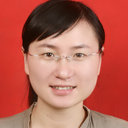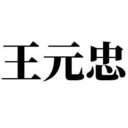Optimization of ultrasonic extraction by response surface methodology combined with ultrafast liquid chromatography-ultraviolet method for determination of four iridoids in Gentiana rigescens.
Keywords
Abstract
Gentiana rigescens is a rich source of iridoids and is commonly used as a folk medicine for treatment of hepatitis and cholecystitis for over 1000 years. A rapid ultrafast liquid chromatography-ultraviolet method was developed for simultaneous determination of four major iridoid glycosides in G. rigescens. Response surface methodology based on the Box-Behnken design was applied to optimize the extraction conditions of iridoid glycosides. Using the Shim-Pack XR-ODS III, four iridoid glycosides were efficiently separated with an acetonitrile:0.1% formic acid aqueous solution gradient at a flow rate of 0.25 mL/min for 8 minutes. All the regression equations revealed a good linear relationship (R2 > 0.9995). The intraday and interday variations were <1.95%. The recoveries ranged from 99.7% to 103.2%. The optimal extraction conditions were as follows: methanol concentration, 82%; the ratio of liquid to solid material, 68:1 (mL/g); and extraction time, 32 minutes. The yield of the four iridoid glycosides under the optimal process was found to be 63.08 mg/g, which was consistent with the predicted yield. In addition, the total content of 50 cultivated samples from Lincang, Yunnan, China, was within the range of 33.6-113.26 mg/g, which provides a more reasonable foundation for utilization of G. rigescens.





